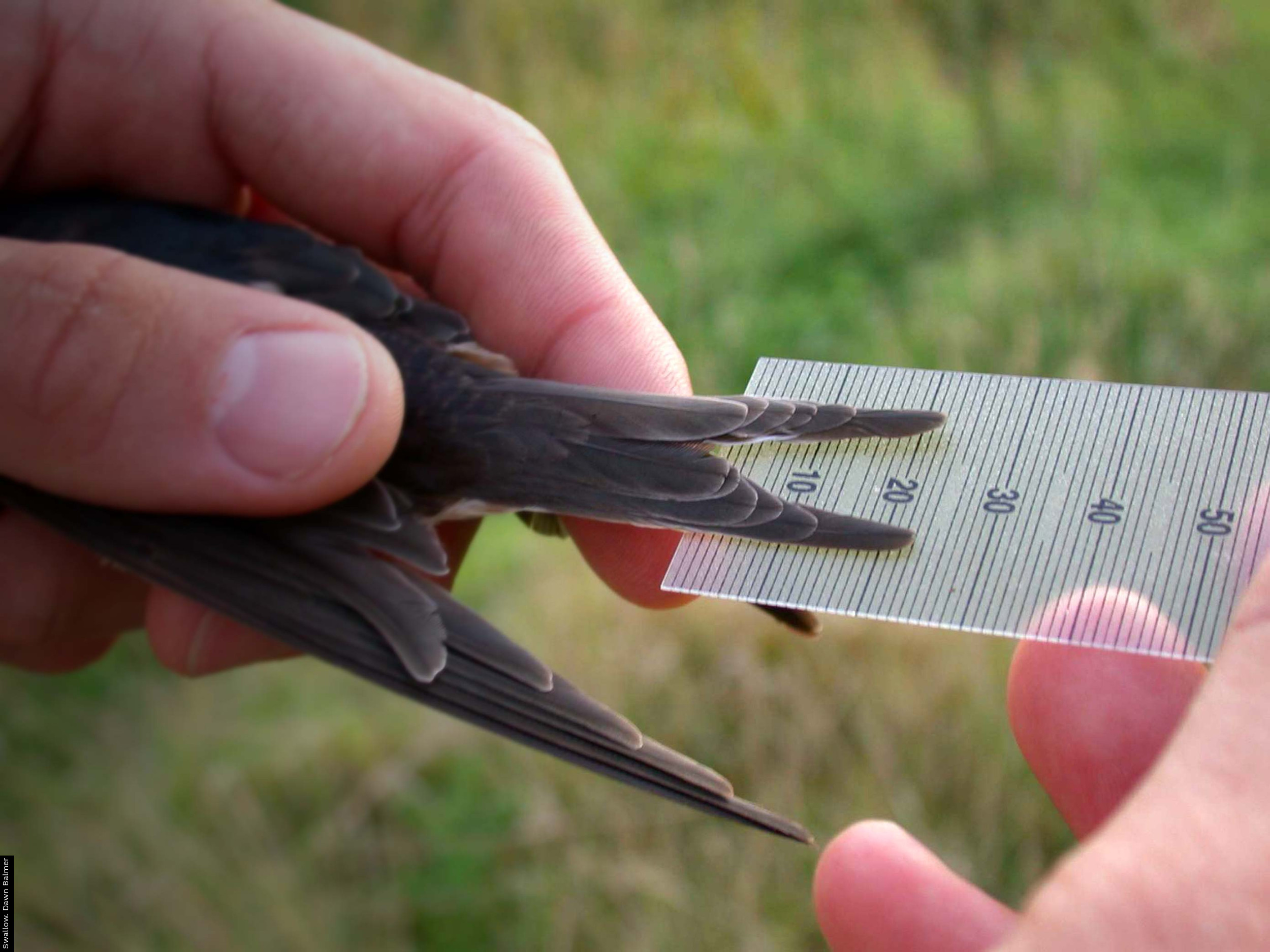Licensing and data use
In the UK Schedule 1 (S1) birds are specially protected under the Wildlife & Countryside Act 1981 and the Wildlife (NI) order of 1985. This means that it is an offence to intentionally disturb these birds whilst they are building a nest, or in, on or near a nest containing eggs or young; or to disturb dependent young even if not in the nest. As such, any visit to a nest of a S1 species or any attempt to catch a S1 species on the breeding grounds thus requires a licence which must be applied for and issued in advance of any such activity taking place.
For ringers in the Republic of Ireland and Isle of Man the same principles apply but see the relevant country pages. The BTO is not directly involved in the records associated with this type of licensing in these two countries or Northern Ireland though does hold any ringing and nest recording information.
Why is licensing important?
- To ensure that disturbance of breeding birds is kept to the minimum – licensing prevents double-coverage and enables us to provide targeted guidance on best practice.
- To ensure that any fieldwork undertaken on S1 species produces data that are of value to their conservation.
- To ensure that BTO volunteers are operating lawfully.
Why are the BTO well placed to issue S1 licences?
- We have been running long-term ringing and nest recording surveys for over 100 years so we have a wealth of experience of the fieldwork techniques used and the potential impacts of the licensed work.
- We handle licensing for ringers each year and therefore have efficient systems in place to store and manage such data.
- We handle large volumes of bird data submitted by over 50,000 volunteers each year – some of this is sensitive so we are also very effective at maintaining data security.
- We are the organisation responsible for analysing the ringing and nest recording data so are well placed to advise on the type of data that are most relevant to conservation work.
How can we maximise the value of S1 data?
- Data submitted on S1 report forms are not computerised and the data format (with contents of nests summarised rather than recorded at the visit level) does not permit important parameters such as failure rates and laying dates to be calculated in a way that is comparable to other datasets.
- The BTO Nest Record Scheme (NRS) uses a visit-based recording methodology to collect information on nest contents through the breeding cycle. This allows breeding parameters (e.g. laying date, clutch and brood size, failure rates) to be calculated using standardised methodology, enabling productivity to be compared between sites, years and species. All data contribute to the annual breeding success trends published each year in the BirdTrends report. Specific guidance on submitting nest records as part of a licence/permit return is available here.
- All S1 data received by NRS are passed on to RBBP and made available to the Country Agencies as requested.
Data security
- Records are held securely.
- Accurate grid reference data are only provided in response to data requests for S1 species if permission has been given by the relevant recorder.
- If an individual recorder or group is responsible for providing a significant proportion of any dataset then they will be consulted prior to data being provided in response to a request.










Share this page